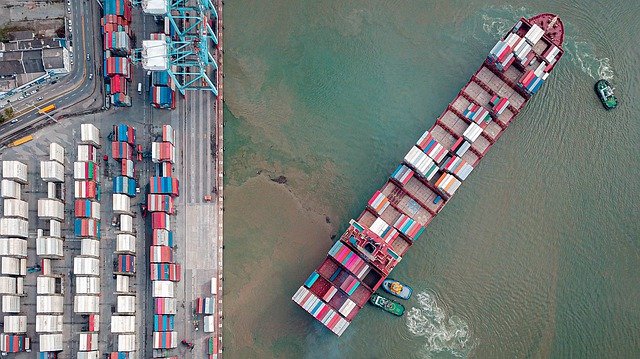
-
The Philippines has formally signified its interest to join the Comprehensive and Progressive Agreement for Trans-Pacific Partnership (CPTPP)
-
Trade Secretary Ramon Lopez has sent a letter to New Zealand, the country where the CPTPP is deposited, expressing the Philippines’ interest
-
Interest in the CPTPP has been rekindled following the passage in November last year of mega trade deal Regional Comprehensive Economic Partnership
The Philippines has formally signified its interest to join the Comprehensive and Progressive Agreement for Trans-Pacific Partnership (CPTPP), a free trade deal signed by 11 Asia-Pacific countries.
Department of Trade and Industry (DTI) undersecretary Ceferino Rodolfo said in a recent webinar that Trade Secretary Ramon Lopez has written New Zealand, the depository country of the CPTPP, “that the Philippines intends to accede to the CPTPP.”
Lopez said the letter was submitted to New Zealand a few weeks ago. The trade chief has earlier directed the restart of the study on the country’s potential participation in the CPTPP.
Rodolfo earlier said interest in the CPTPP has been rekindled following the passage in November last year of another mega trade deal, the Regional Comprehensive Economic Partnership (RCEP). The Philippines is part of the RCEP, along with other Association of Southeast Asian Nations countries, China, Japan, South Korea, and New Zealand.
READ: ASEAN, trade partners sign historic RCEP pact
CPTPP was signed in March 2018 and entered into force in December 2018. It includes Australia, Brunei, Canada, Chile, Japan, Malaysia, Mexico, New Zealand, Peru, Singapore, and Vietnam. It evolved from the Trans-Pacific Partnership, which the United States withdrew from in 2017.
The 11 signatories have combined economies at approximately US$13.5 trillion, representing 13.4% of global gross domestic product (GDP) and making the CPTPP one of the world’s largest free trade areas in GDP terms.
The pact binds its members to 30 chapters providing for freer trade and investment access. The CPTPP provides for almost complete liberalization of tariffs—except in a few highly sensitive areas—among the participants. It provides a single set of rules of origin, and allows content from all CPTPP countries to be “cumulated.” If a good has to have at least 70% “CPTPP content” to qualify for preferential tariffs, for instance, that 70% can come from any combination of CPTPP countries.
Other countries have also expressed interest to join the trade pact, including the United Kingdom, China, the US, Indonesia, Thailand, Taiwan, and South Korea.
Aside from the CPTPP, Rodolfo said the Philippines is also working on a preferential trade agreement (PTA) with India, and is also “in the final stages of negotiations for an FTA with Korea as well as PTAs with Chile, Pakistan and Turkey.”




